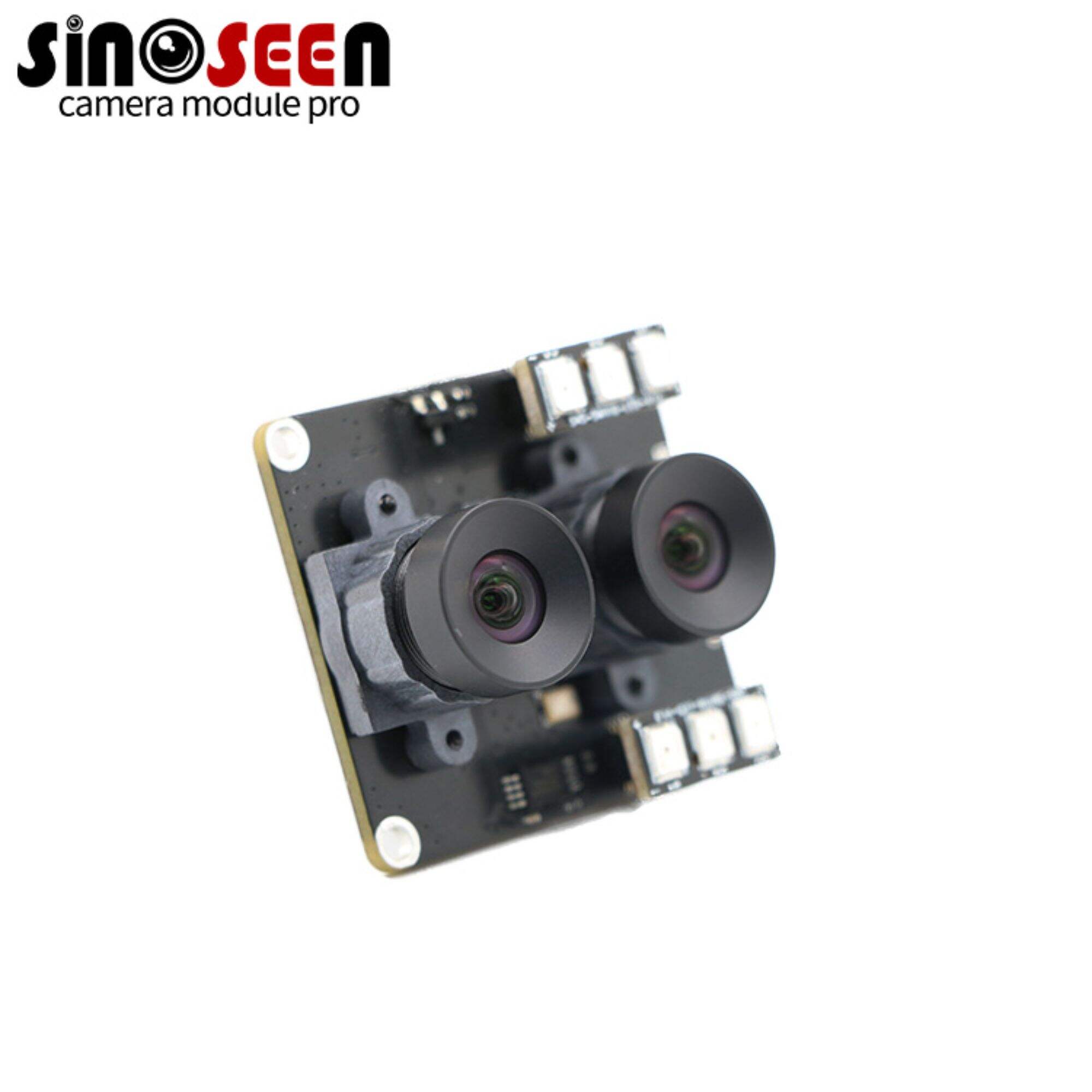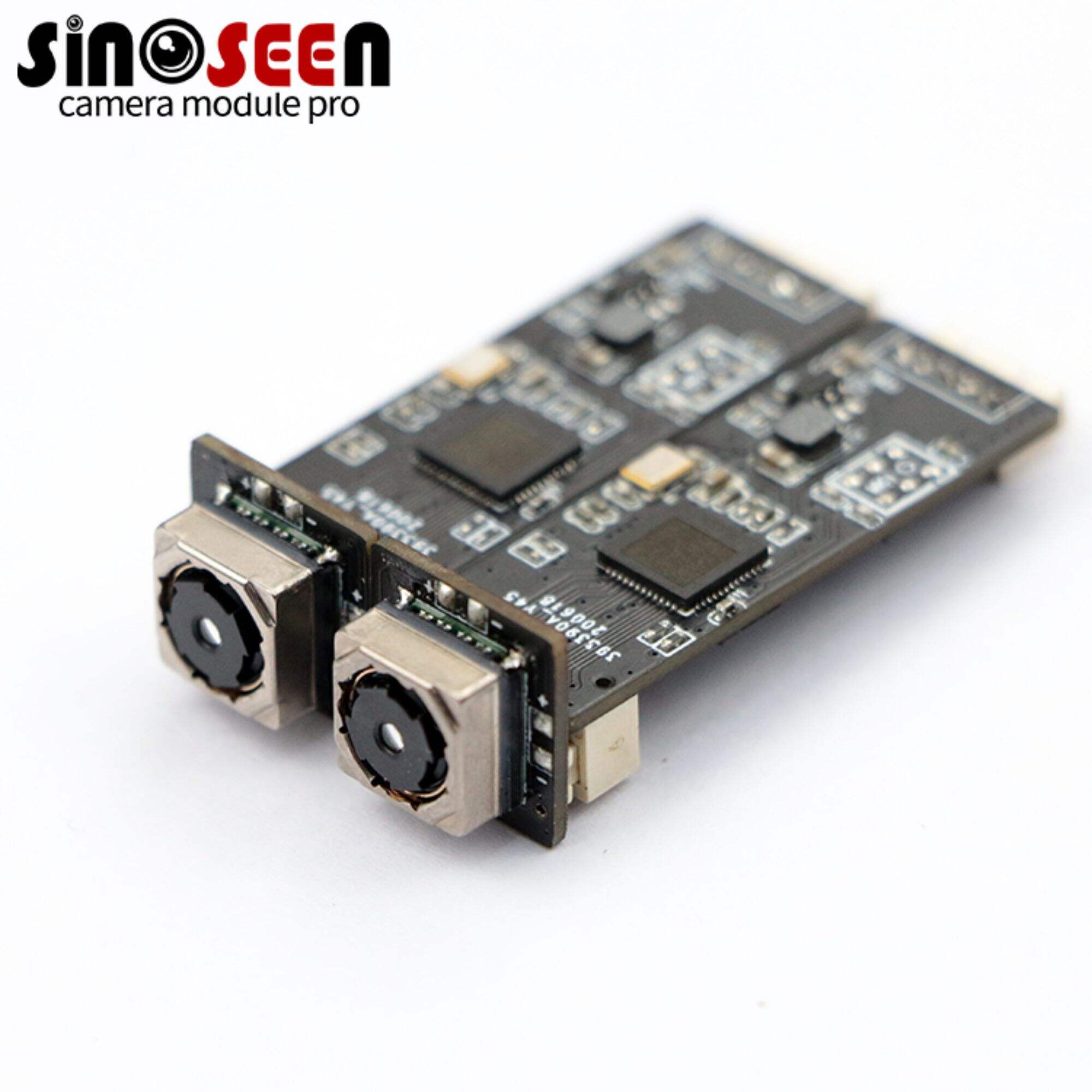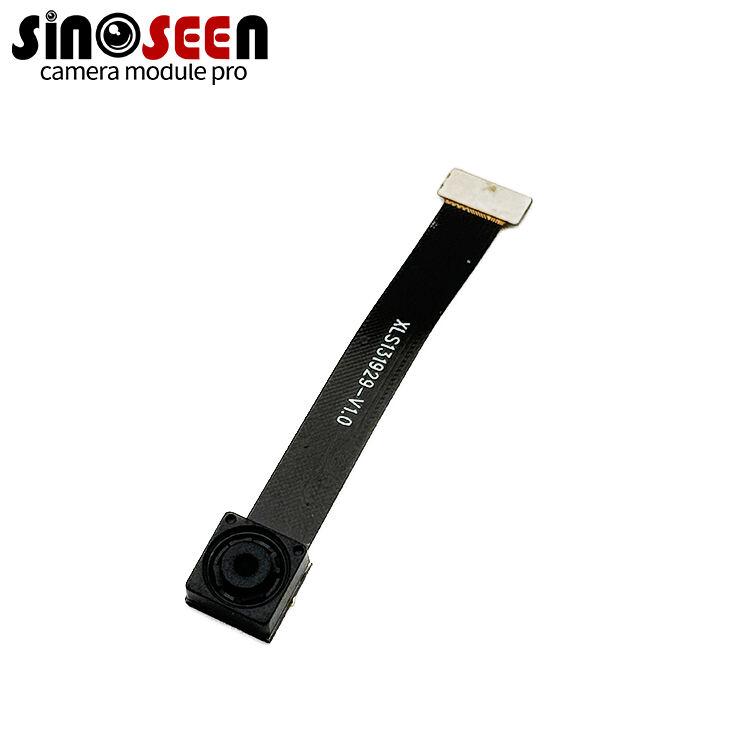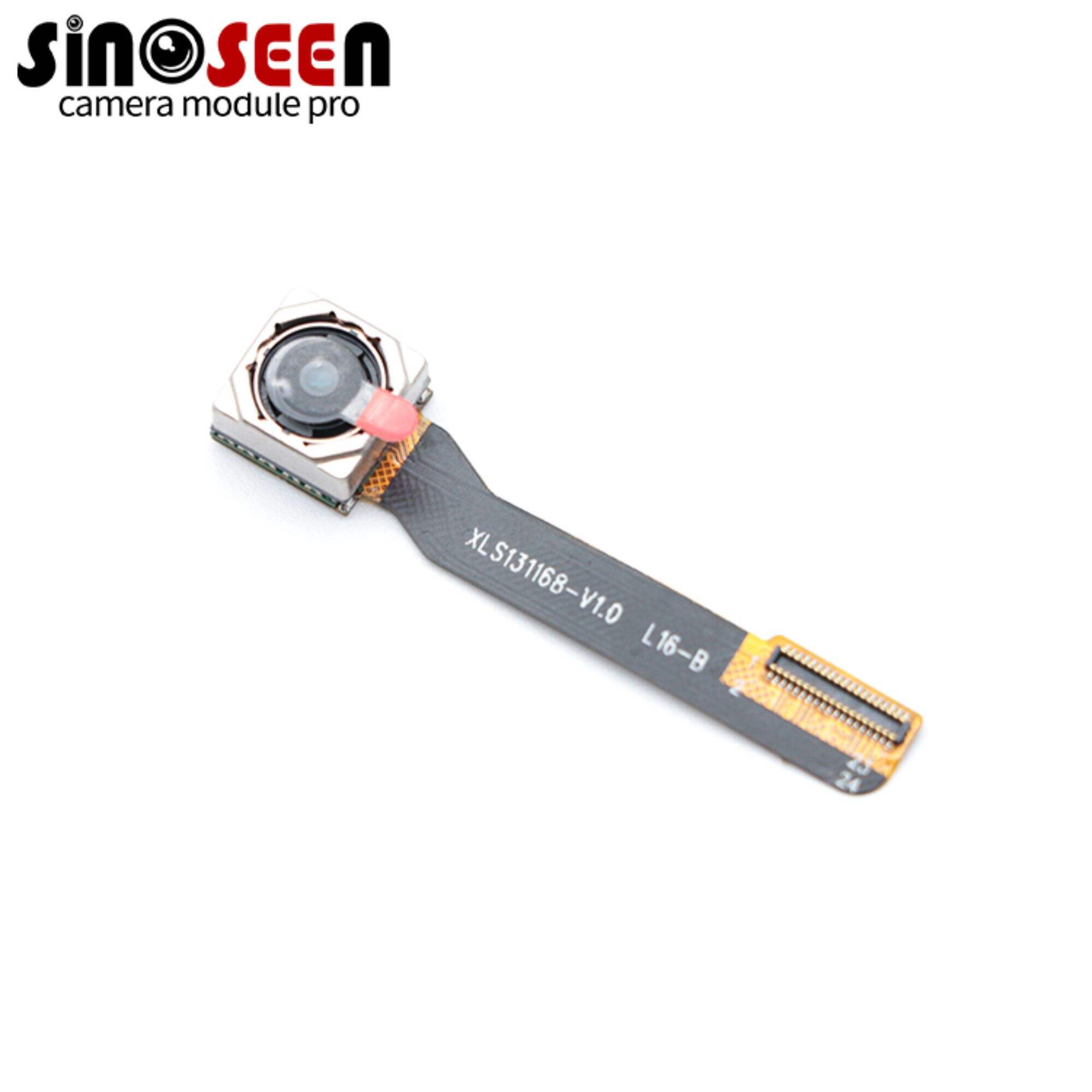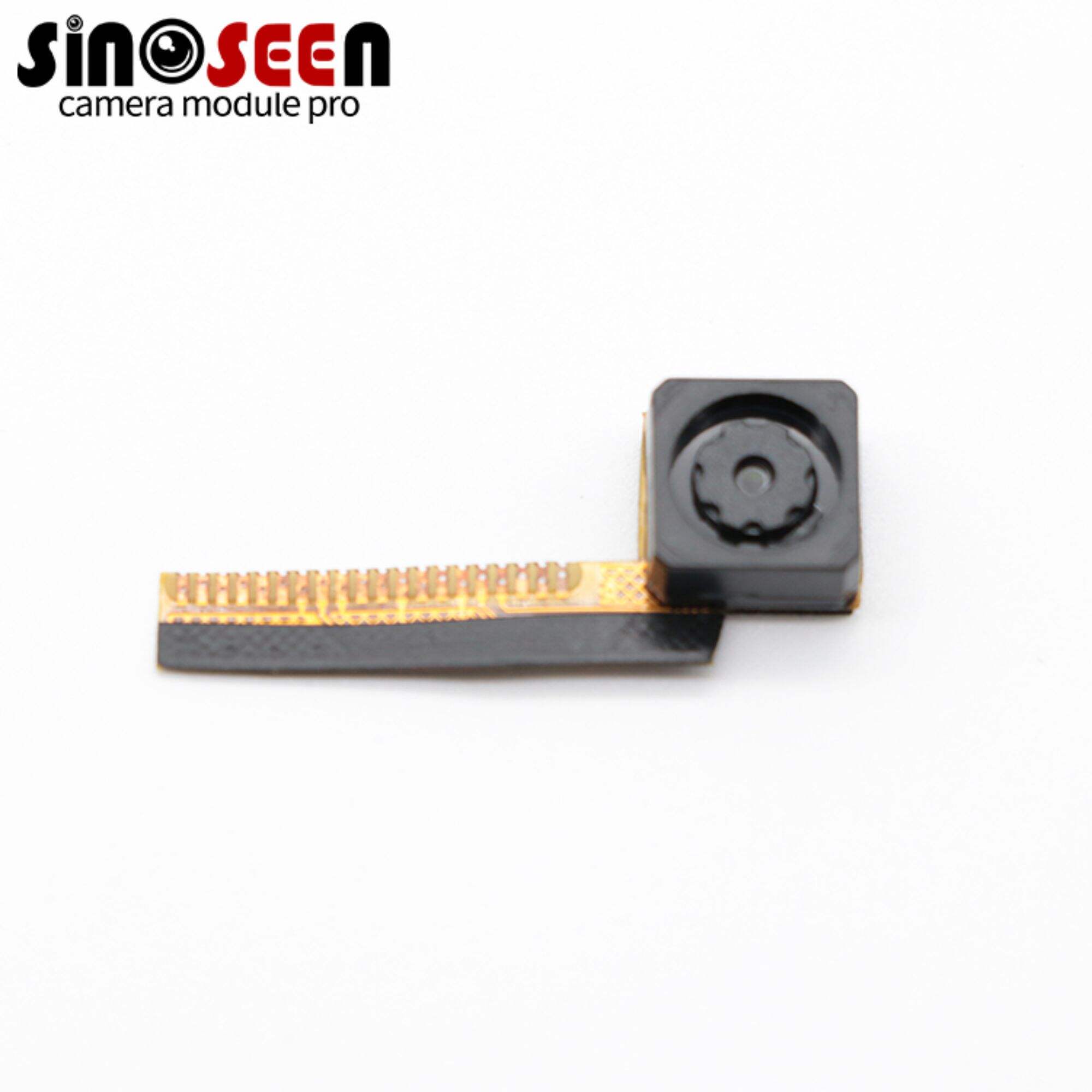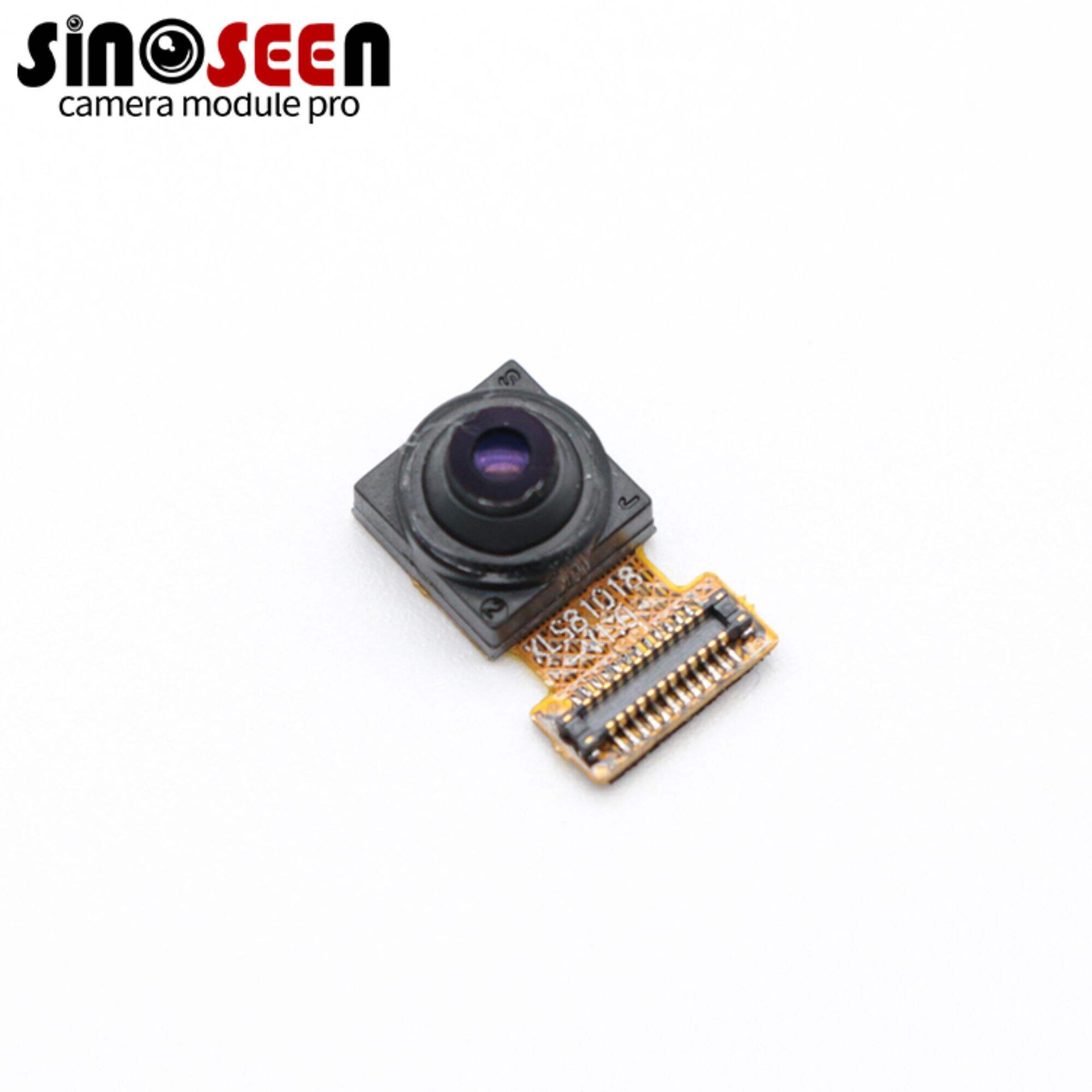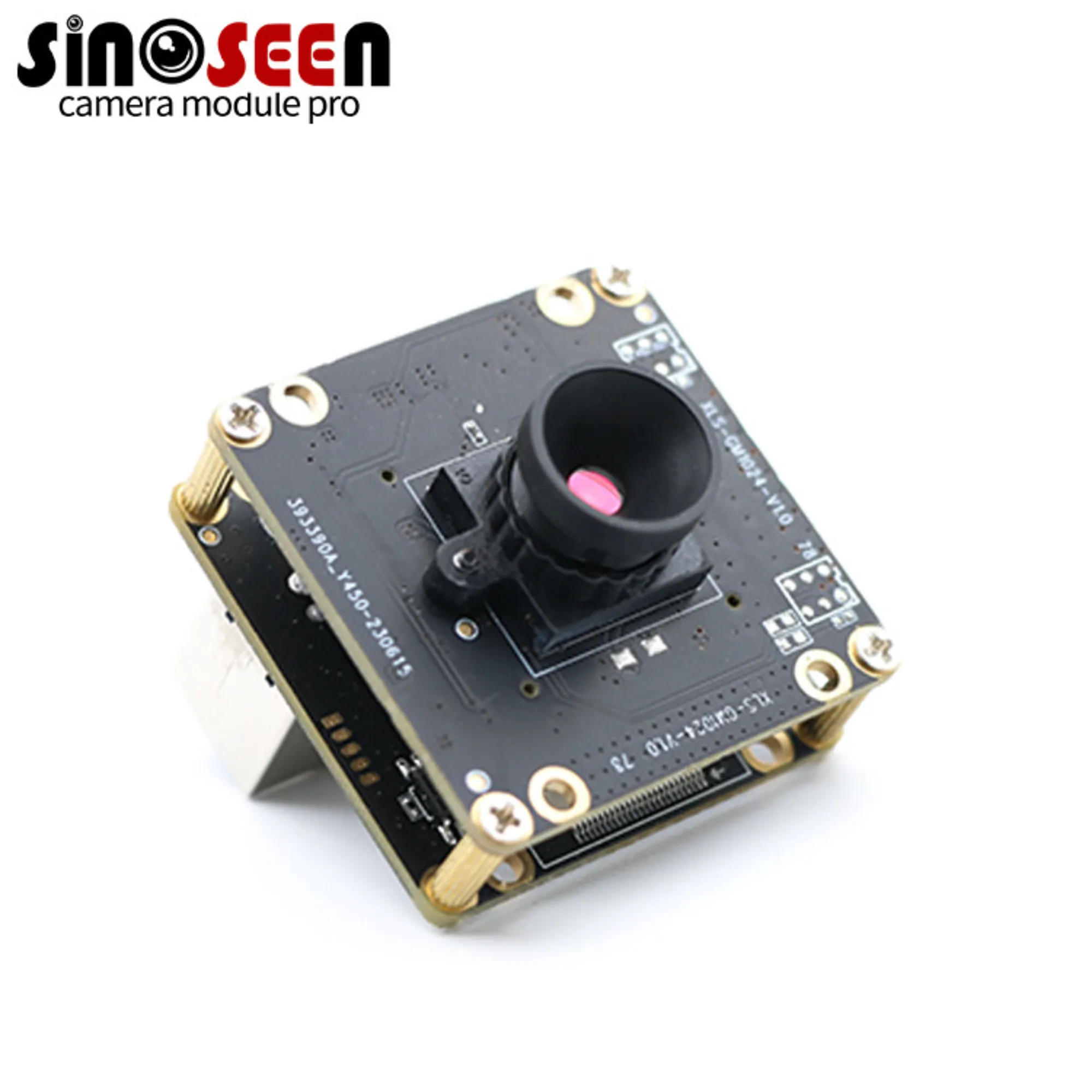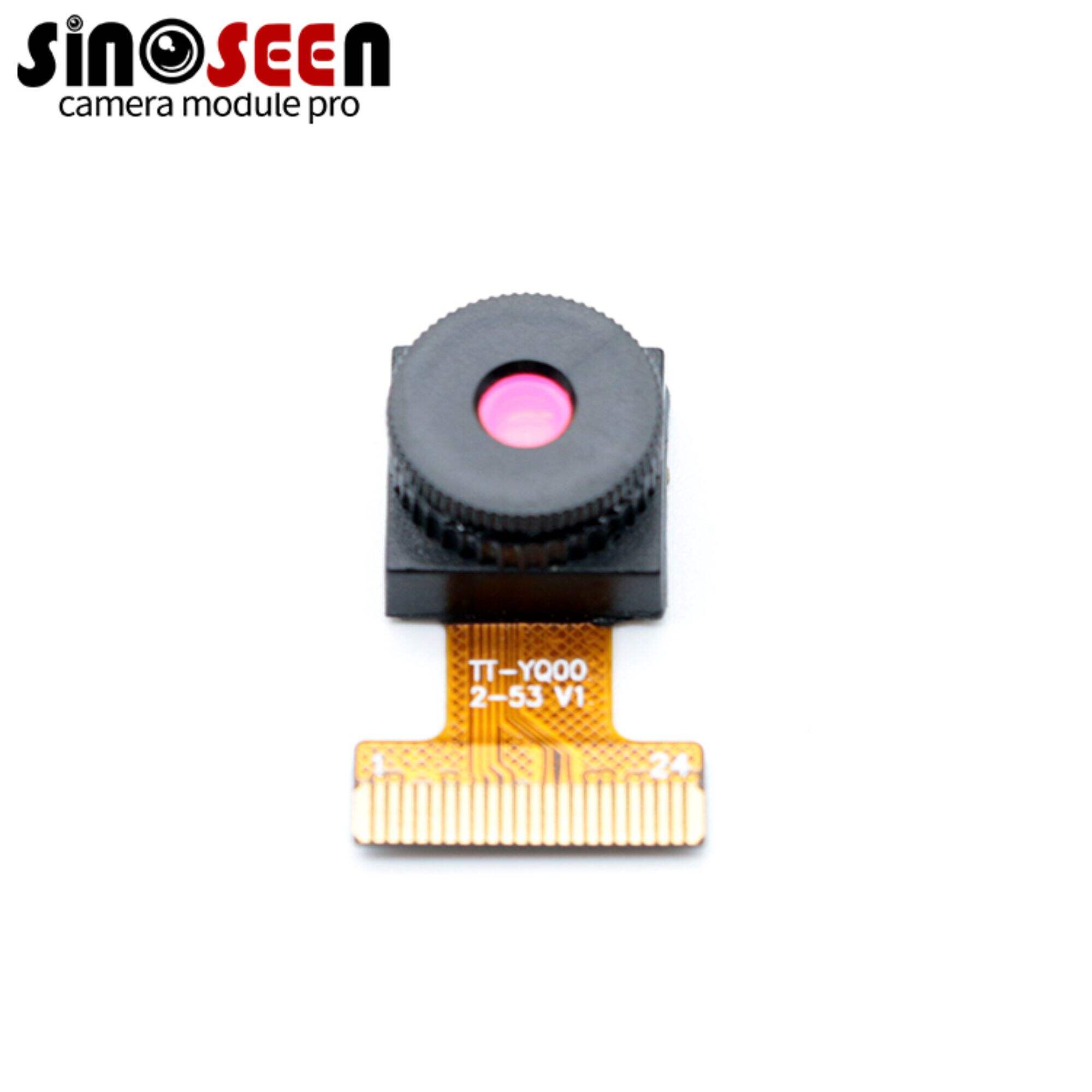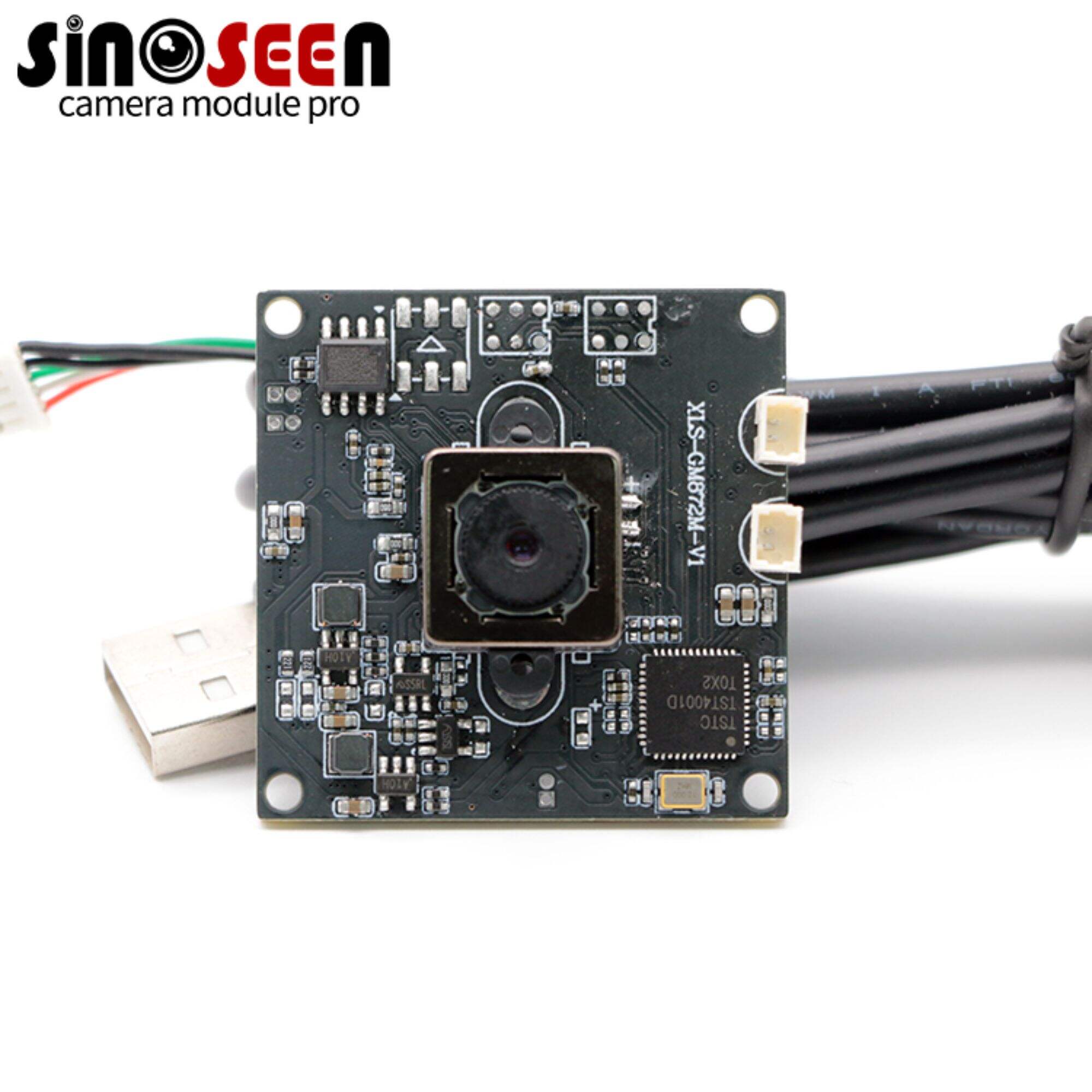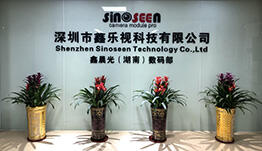SONY IMX415 VS IMX335 sensor: A comparison guide
CMOS image sensors directly affect the overall performance of the camera module. Nowadays, with the advancement of sensors, the market demand for sensor size, frame rate, low illumination and other performance is also growing. Especially in applications such as smart surveillance, industrial and factory automation (FA), 1/2.8″ sensors are popular due to their compact size and form factors that fit most embedded systems.
In this article, we take a look at two 1/2.8″ CMOS image sensors developed by Sony - the IMX415 and IMX335 - and delve into their performance, technical specifications, and more.
What are the IMX415 and IMX335 Image Sensors?
Before we get into the IMX415 and IMX335 sensors, let's take a closer look at what basic features they have.
The IMX415 is a 1/2.8-type 4K resolution stacked CMOS image sensor that delivers a high resolution of 8.4 MP with a diagonal size of 6.43 mm and an effective pixel count of 3864(H) x 2192(V), while supporting a high-speed 10-bit frame rate of up to 90 fps. With its 1.45 square micron pixel size, this sensor is considered the smallest of the 4K resolution CMOS image sensors.
The IMX335, on the other hand, is a 1/2.8-type High Dynamic Range (HDR) back-illuminated CMOS image sensor measuring 6.52mm diagonal, offering 5MP resolution, specifically a pixel count of 2592(H) x 1944(V), and supporting a high-speed 10-bit frame rate of 60fps.The IMX335 is designed to optimize light collection with its back-illuminated technology, improving low light conditions.
Both sensors utilize Sony's STARVIS™ technology, which achieves high sensitivity and high-quality images in the visible and near-infrared light regions through a back-illuminated (BSI) pixel structure that enables the photodiode to collect more light.
Key Specifications Comparison of IMX415 and IMX335 Image Sensors
Chip Size
The IMX415 sensor utilizes Sony's Stacked Image Sensor technology to shrink the pixel size down to 1.45 square microns, which is the smallest among 4K resolution 1/2.8 type sensors. This maintains high resolution while achieving a more compact chip size for space-constrained applications.
In comparison, the IMX335 sensor, with a unit pixel size of 2 microns (H) x 2 microns (V) and a diagonal size of 6.52 mm (1/2.8 type), is relatively large but still maintains a compact design suitable for applications with medium resolution requirements.
Sensitivity
Generally, smaller CMOS image sensors also have a smaller light-collecting surface area, which results in low light sensitivity, but the IMX415 and IMX335 sensors have achieved high sensitivity through the use of backside-illuminated (BSI) technology and stacked CMOS technology. The IMX415, in particular, has a higher light sensitivity than the IMX335 thanks to Sony's proprietary high sensitivity and low noise technology.
Resolution Comparison
The IMX415 sensor provides high-quality images even at smaller pixel sizes. In addition, the IMX415's built-in large-scale signal processing circuitry allows for higher image quality and better functionality, compared to the IMX335, which falls slightly short in this regard. And the IMX415's multi-HDR filter further enhances image quality.
Low Light Performance Comparison
The IMX415 sensor combines STARVIS™ technology with the new Prior Low Noise Circuit (PLNC) technology to provide superior visibility in low-light applications, resulting in a better signal-to-noise ratio (SNR). And while the IMX335 is also suitable for low-light conditions such as intelligent transportation, industrial automation, and parking lot management, the IMX415 performs better under the high standards of low-light performance required.
Fast Readout Time Comparison
The frame rate depends on the number of pixels and the pixel readout rate. the IMX415 is capable of capturing 90 frames per second at 8 MP resolution, while the IMX335 captures 60 frames per second at 5 MP resolution. As a result, the IMX415's stacked sensor technology makes ultra-fast readout times possible, minimizing the rolling shutter effect. Both sensors support the following readout modes:
- full pixel scan mode
- window crop mode
- Horizontal/vertical 2/2-line dual-pixel mode
- Vertical/horizontal normal/inverted readout modes
|
Model Name |
IMX335 |
IMX415 |
|
|
Drive Mode |
All pixel |
All pixel |
Horizontal/vertical 2/2-line binning |
|
Recommended number of recording pixels |
2592 (H) × 1944 (V) approx. 5.04 MP |
3840 (H) × 2160 (V) approx. 8.29 MP |
1920 (H) × 1080 (V) approx. 2.07 MP |
|
Maximum frame rate [frame/s] |
60 |
90.9 |
|
|
Output interface |
CSI-2 |
CSI-2 |
|
|
ADC [bit] |
10 |
10 |
|
Sensors with ultra-fast readout and processing capabilities enable better autofocus.
Here's another table to visually compare the performance differences between the two sensors.
| Specification | IMX335 | IMX415 |
|---|---|---|
| Effective Pixel Count | 2592 (H) × 1944 (V) | 3864 (H) × 2192 (V) |
| Resolution | 5.14 MP | 8.4 MP |
| Image Size (Diagonal) | 6.52 mm (1/2.8-type) | 6.43 mm (1/2.8-type) |
| Pixel Size | 2.0 μm (H) × 2.0 μm (V) | 1.45 μm (H) × 1.45 μm (V) |
| Frame Rate | 10-bit/12-bit @ 60 fps | 10-bit @ 90 fps, 12-bit @ 60 fps |
| Sensitivity (F5.6) | 2200 (Digital Value) | 2048 (Digital Value) |
| Voltage | Analog: 2.9V, Digital: 1.2V | Analog: 2.9V, Digital: 1.1V |
| Interface | 1.8V | 1.8V |
| Module Interface | MIPI CSI-2 (2/4-lane) | MIPI D-PHY (2/4-lane) |
| Color | Color/Monochrome | Color/Monochrome |
| Shutter Type | Electronic Rolling Shutter | Electronic Rolling Shutter |
| Sensor Technology | CMOS | CMOS |
| Focus Type | Fixed Focus, Auto Focus | Fixed Focus, Auto Focus |
| HDR Function | Digital Overlay (DOL) HDR | DOL HDR |
| Package | 88-pin CSP BGA | 114-pin LGA |
IMX415 and IMX335 sensor based camera modules developed by Sinoseen
Sinoseen offers a wide range of camera modules based on SONY image sensors for various applications, including but not limited to high frame rate, low illumination, infrared thermography and other features.
Below are some relevant Sinoseen camera module models:
We hope this article can give you a better understanding of the Sony IMX415 and IMX335 image sensors, and of course, feel free to contact us for any needs regarding camera modules for these two sensors.

 EN
EN
 AR
AR
 DA
DA
 NL
NL
 FI
FI
 FR
FR
 DE
DE
 EL
EL
 HI
HI
 IT
IT
 JA
JA
 KO
KO
 NO
NO
 PL
PL
 PT
PT
 RO
RO
 RU
RU
 ES
ES
 SV
SV
 TL
TL
 IW
IW
 ID
ID
 SR
SR
 VI
VI
 HU
HU
 TH
TH
 TR
TR
 FA
FA
 MS
MS
 IS
IS
 AZ
AZ
 UR
UR
 BN
BN
 HA
HA
 LO
LO
 MR
MR
 MN
MN
 PA
PA
 MY
MY
 SD
SD

